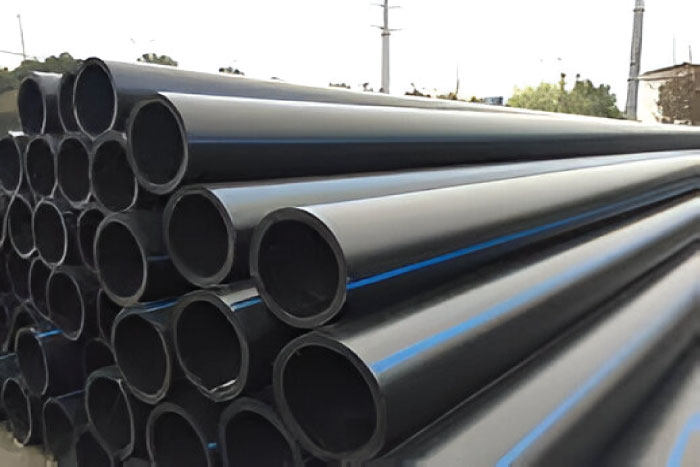In 2025, the High-Density Polyethylene (HDPE) pipe industry is experiencing a transformative wave of innovations, aligning with global sustainability goals and the need for resilient infrastructure. Advancements in materials, technology, and applications are positioning HDPE pipes at the forefront of modern engineering solutions.
Smart Integration and Advanced Materials
The integration of Internet of Things (IoT) technologies into HDPE piping systems has become a significant trend. These smart systems enable real-time monitoring of pipeline conditions, allowing for predictive maintenance and efficient resource management. Additionally, the development of nanocomposite-enhanced HDPE materials has led to pipes with superior strength, flexibility, and resistance to environmental stressors, extending their service life and performance in demanding applications.
Sustainable Manufacturing and Applications
Manufacturers are increasingly adopting eco-friendly production methods, focusing on reducing carbon footprints and utilizing recycled materials without compromising quality. HDPE pipes are now widely used in renewable energy projects, such as geothermal and hydroelectric systems, due to their chemical resistance and durability. Their application in smart water management systems is also notable, where they contribute to efficient water distribution and conservation efforts.
Global Market Growth
The global HDPE pipes market is on an upward trajectory, driven by the demand for sustainable and durable piping solutions.


0 comments